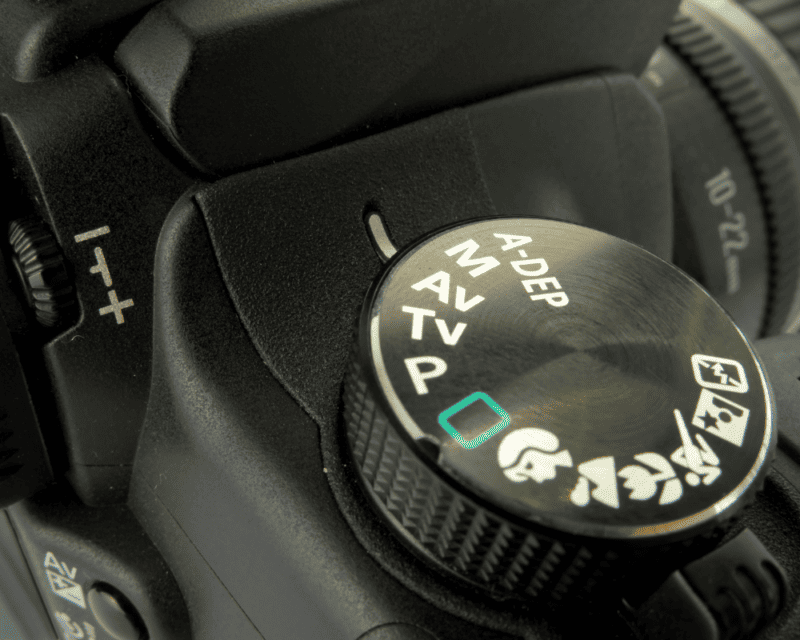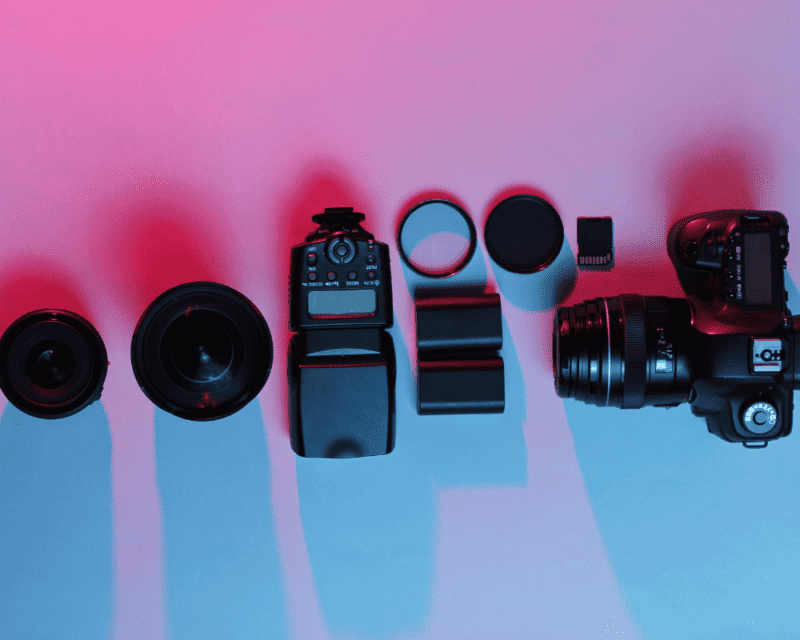When it comes to photography, two popular options that come to mind are mirrorless cameras and DSLRs. Both have their advantages and disadvantages, and it can be challenging to decide which one is better. This article will explore the pros and cons of both types of cameras and compare them based on various factors.
Introduction to Mirrorless Cameras and DSLRs

Mirrorless cameras and DSLRs are two types of interchangeable lens cameras. DSLRs have been around for decades, while mirrorless cameras are relatively new. The primary difference between the two is that DSLRs use a mirror to reflect light from the lens to the optical viewfinder, while mirrorless cameras do not have a mirror and instead use a digital viewfinder or the camera’s back screen to preview the image.
Mirrorless cameras, such as the Nikon Z FC are smaller and lighter than DSLRs because they don’t have a mirror mechanism. They are also quieter and have faster burst rates because there is no mirror to flip up and down. On the other hand, DSLRs have larger sensors, which means they can capture more light and produce better image quality in low-light conditions.
Pros of Mirrorless Cameras
One of the significant advantages of mirrorless cameras is their size and weight. Mirrorless cameras are smaller and lighter than DSLRs, which makes them easier to carry around. They’re also less conspicuous, which can be beneficial for street photography and other situations where you don’t want to draw attention to yourself.
Another advantage of mirrorless cameras is their electronic viewfinder (EVF). An EVF shows you exactly what the image will look like before you take the shot, which can be helpful in situations where the lighting is challenging. You can adjust the exposure settings and see the results in real time without having to take a test shot and review it on the camera’s LCD screen.
Mirrorless cameras also have faster burst rates than DSLRs, which means you can capture more images in a shorter amount of time. This can be useful for sports and wildlife photography, where you need to capture a moment quickly.
Cons of DSLRs
One of the significant disadvantages of DSLRs is their size and weight. DSLRs are larger and heavier than mirrorless cameras, which can be a challenge if you’re carrying them around for an extended period. They’re also louder than mirrorless cameras because of the mirror mechanism, which can be a disadvantage in quiet environments.
Another disadvantage of DSLRs is their autofocus (AF) system. DSLRs use a phase-detection AF system, which is fast but can struggle in low-light conditions. Mirrorless cameras, on the other hand, use a contrast-detection AF system, which is slower but more accurate in low-light conditions.
Comparing Image Quality and Performance
When it comes to image quality, both mirrorless cameras and DSLRs can produce excellent results. The image quality depends on the camera’s sensor, lens, and image processing capabilities.
DSLRs have larger sensors than mirrorless cameras, which means they can capture more light and produce better image quality in low-light conditions. However, the difference in image quality is often negligible in good lighting conditions.
Mirrorless cameras have faster burst rates than DSLRs, which means you can capture more images in a shorter amount of time. They’re also quieter and have electronic shutters that don’t wear out over time.
Autofocus and Shutter Speed Comparison

When it comes to autofocus and shutter speed, both mirrorless cameras and DSLRs have their advantages and disadvantages.
DSLRs use a phase-detection AF system, which is fast but can struggle in low-light conditions. Mirrorless cameras, on the other hand, use a contrast-detection AF system, which is slower but more accurate in low-light conditions.
Mirrorless cameras have faster shutter speeds than DSLRs, which means you can freeze fast-moving subjects more effectively. However, DSLRs have faster autofocus speeds, which can be beneficial for sports and wildlife photography.
Lens Selection and Compatibility
One of the significant advantages of DSLRs is their lens selection and compatibility. DSLRs have been around for decades, which means there are more lenses available for them. Additionally, many lenses made for film SLRs are compatible with digital SLRs, which gives you a wider range of options.
Mirrorless cameras, on the other hand, have a limited selection of lenses because they’re a relatively new technology. However, many manufacturers are developing lenses specifically for mirrorless cameras, which should help expand the selection in the future.
Size and Portability
As mentioned earlier, one of the significant advantages of mirrorless cameras is their size and weight. Mirrorless cameras are smaller and lighter than DSLRs, which makes them easier to carry around. They’re also less conspicuous, which can be beneficial for street photography and other situations where you don’t want to draw attention to yourself.
DSLRs are larger and heavier than mirrorless cameras, which can be a challenge if you’re carrying them around for an extended period. They’re also louder than mirrorless cameras because of the mirror mechanism, which can be a disadvantage in quiet environments.
Battery Life and Durability
When it comes to battery life and durability, DSLRs have the advantage. DSLRs use an optical viewfinder, which means they don’t have to rely on a screen or EVF to preview the image. This saves battery life, which means you can take more shots on a single charge.
Additionally, DSLRs are built to be more durable than mirrorless cameras. They’re designed to withstand harsh weather conditions and rough handling, which makes them an excellent choice for outdoor photography.
Cost and Affordability
When it comes to cost and affordability, mirrorless cameras and DSLRs are relatively similar. You can find entry-level models for both types of cameras for under £500. However, if you’re looking for a high-end model, DSLRs tend to be more expensive because they have larger sensors and more advanced features.
Conclusion: Which is Better, Mirrorless or DSLR?

In conclusion, both mirrorless cameras and DSLRs have their advantages and disadvantages. Mirrorless cameras are smaller, lighter, and quieter, while DSLRs have larger sensors, faster autofocus, and greater lens selection.
Ultimately, the choice between the two comes down to your personal preference and the type of photography you’re interested in. If you’re looking for a camera that’s easy to carry around and works well in low-light conditions, a mirrorless camera might be the better choice. However, if you’re interested in sports or wildlife photography and need a camera with a fast autofocus system and a wide range of lenses, a DSLR might be the better choice.
Whatever type of camera you choose, make sure to do your research and read reviews before making a purchase. And remember, the best camera is the one you have with you.
